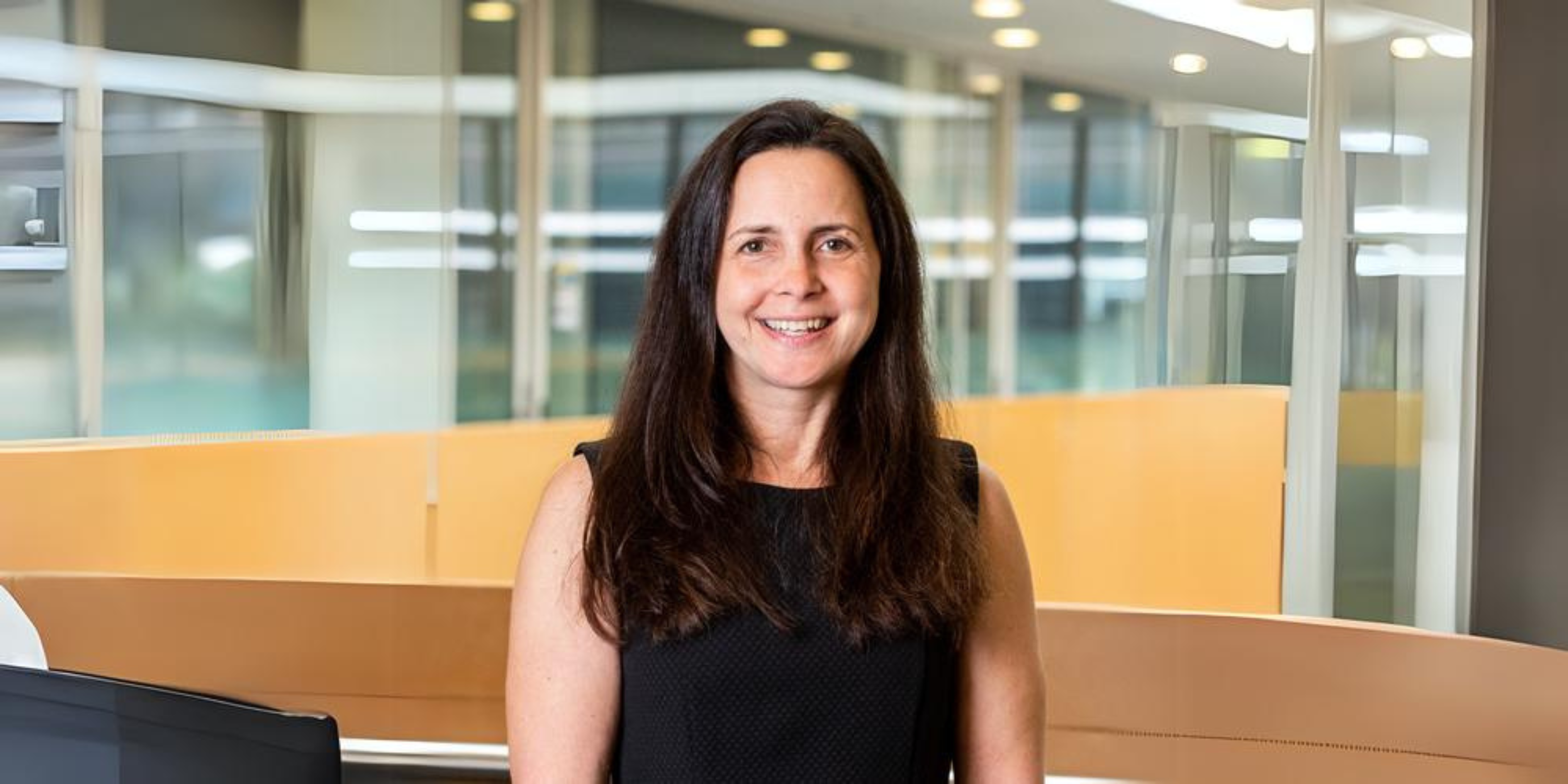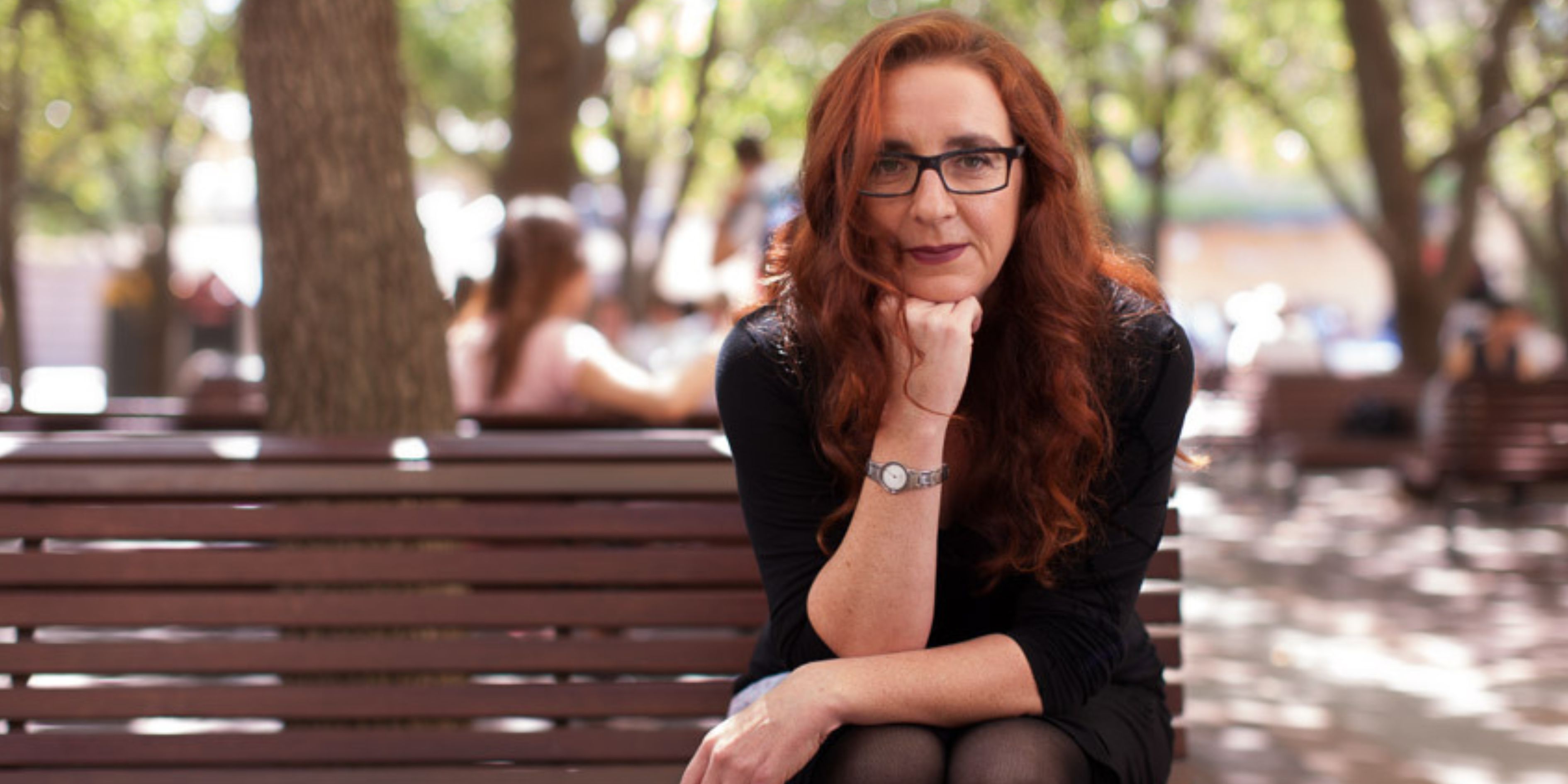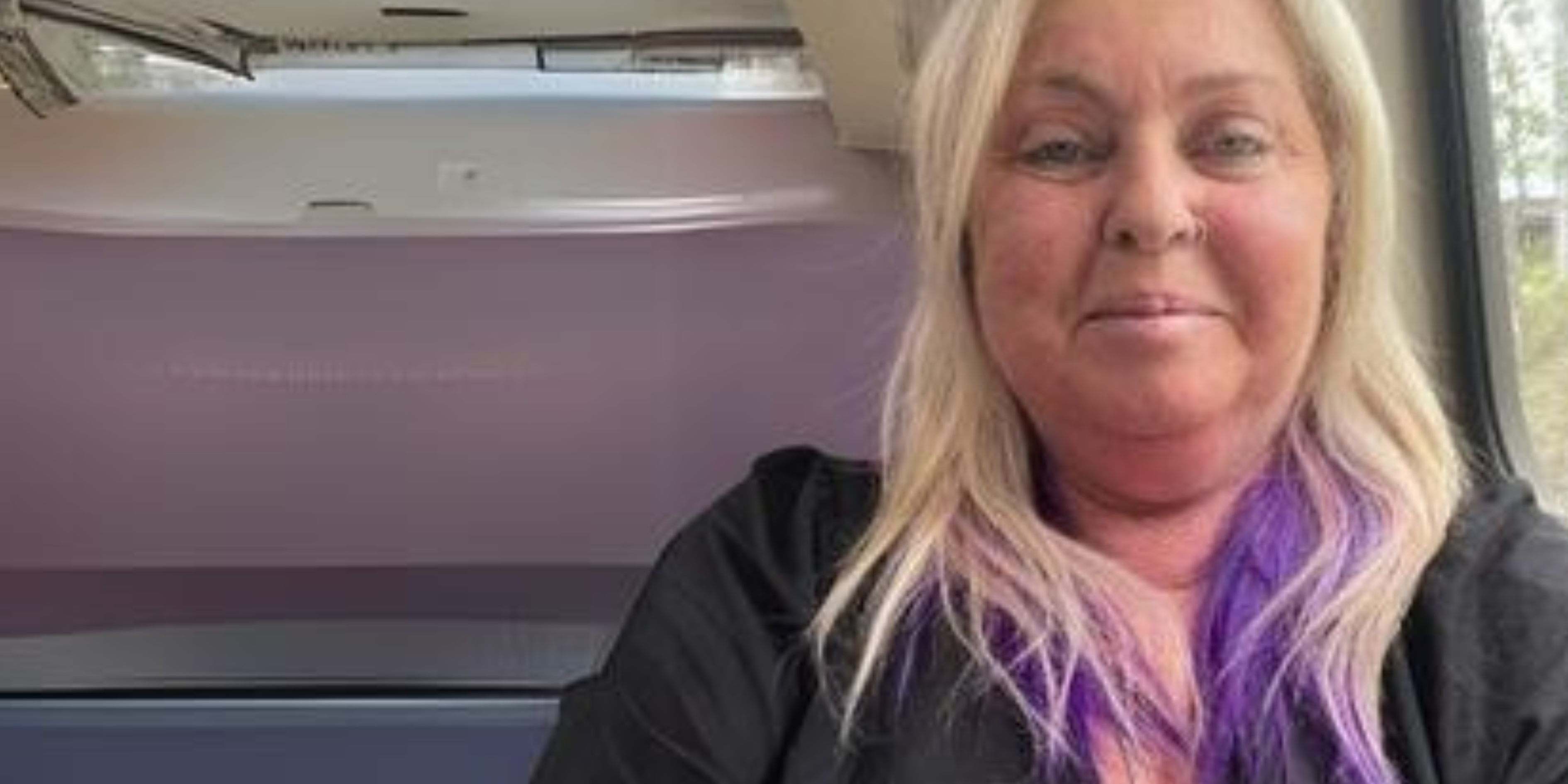In our tenth Visible Women interview we meet Wanda Dalla Costa, who holds a joint position at The Design School and the Del E. Webb School of Construction at Arizona State University.
She is a member of the Saddle Lake First Nation, has spent 30 years working with Indigenous communities in North America, and teaches an interdisciplinary service learning studio at ASU, where students engage directly with local tribal communities.
Here, we chat with Wanda about the need for more female role models in architecture, discover how Wanda’s Indigenous heritage has meant she’s had to work even harder to be visible, and delve into her hopes for the future.
Tell us a bit more about yourself, your background and your achievements
Alongside my role as Design Director and Founder of Indigenous Design Collaborative, I am Institute Professor at ASU’s The Design School, Associate Professor at ASU’s Del E. Webb School of Construction, and a Senior Global Futures Scientist at ASU’s Julie Ann Wrigley Global Futures Laboratory™. I’m specifically interested in community-driven design, Indigenous methodologies, Indigenous placemaking/placekeeping and the vernacular intelligence of regional architectures.
Some of the key moments in my career included receiving an honorary doctorate for this work, exhibiting at the Venice Biennale as part of a group of 18 Indigenous architects (Unceded / Team Canada), starting an Indigenous Design Collaborative to support student professional development, and founding my architecture firm Tawaw Architecture Collective.
What challenges have you overcome to get to where you are? How did you overcome them?
As an Indigenous woman, I have to work twice as hard as others for my work to be noticed, as we are strapped by preconceptions. I have had to become very efficient at tasks and ensure I am in high-performance mode at all times.
I stress to my researchers and staff the importance of not just being good, but being exceptional. A strong work ethic is non-negotiable, in order to complete in mainstream architecture.
However, it’s also important to balance busy work weeks with family and friends. I firmly believe in work-life balance and make sure to have quality time with family and friends each night and weekend. Family time should never be sacrificed.
What is your ultimate ambition, and how do you plan to get there?
My aim is to make First Nation culture visible. This involves fostering conversations and dialogue and uplifting the invisible aspects of our culture.
In our work, we are particularly interested in value systems that are part of many ancestral cultures worldwide, including their focus on interrelatedness of all living things, which carries transformational potential in terms of global ecological resilience.
I have a dedicated team of researchers and staff, with support from leadership at ASU, who all help make space for this work.
What is the one thing you would like to see changed in your area that will move us towards gender equality in the workplace?
We need to highlight more strong and successful women, as this is definitely lacking in architecture. It’s also important that we start to broaden the success metrics in the field of architecture. It’s not about winning awards, or being recognised with personal accolades — success in architecture should be based on the ability to create meaningful and enriching built environments for the people we serve.
What advice do you have for other women who want to enter your field /gain better recognition for their work?
When I started my company in 2010, my goal was to focus on working with Indigenous people. It was non-conventional and took 15 years to get to this level. However, many doors opened up along the way, including the teaching position at ASU.
Those early years paid off, as now I get to work with my people every day. My advice to women is to stay true to your ideas, find ways to make visible the processes and products of your field innovations, and find platforms and ways to distribute ideas (speaking, writing, presenting). The world needs more ‘productive disruptions’.
Connect with Wanda Dalla Costa


